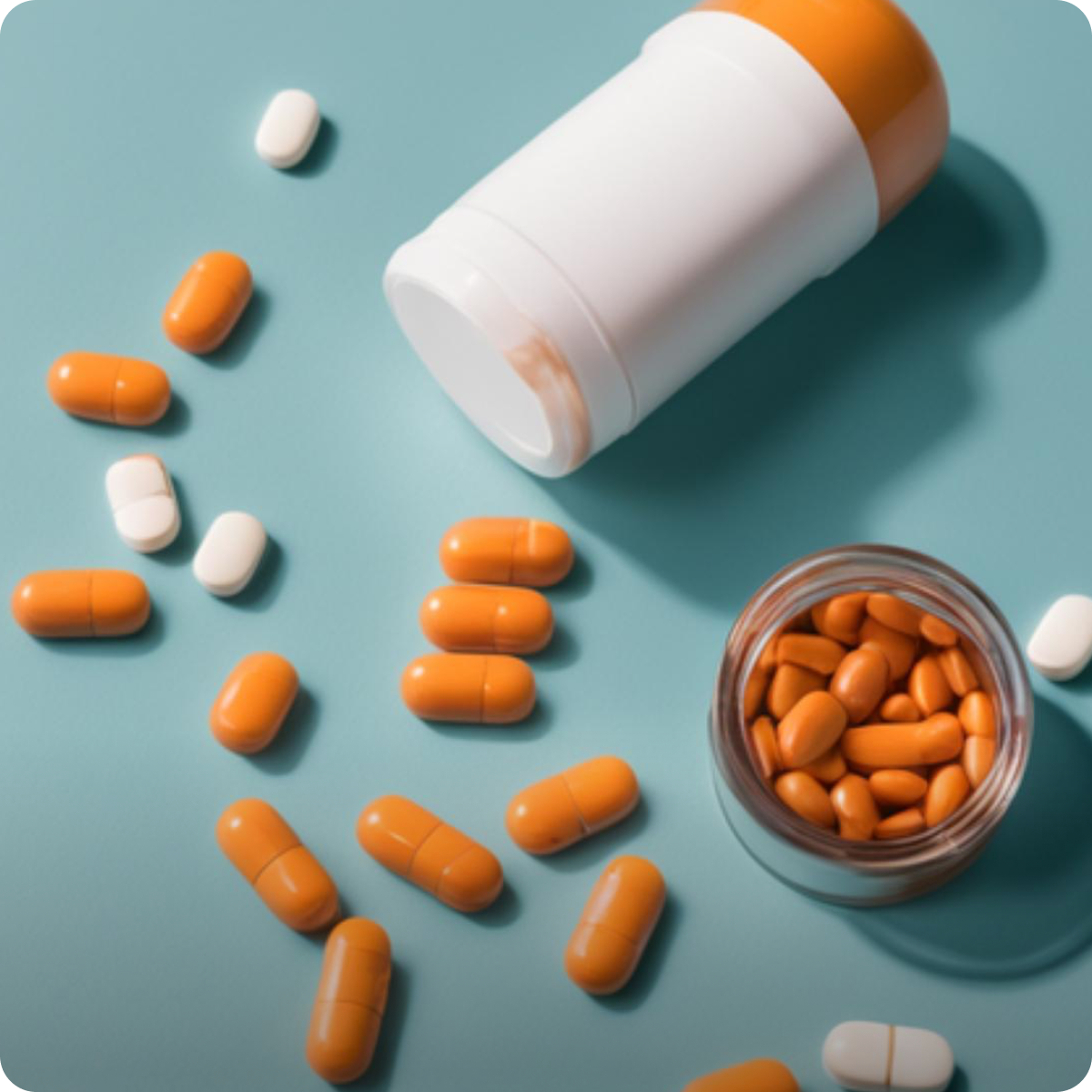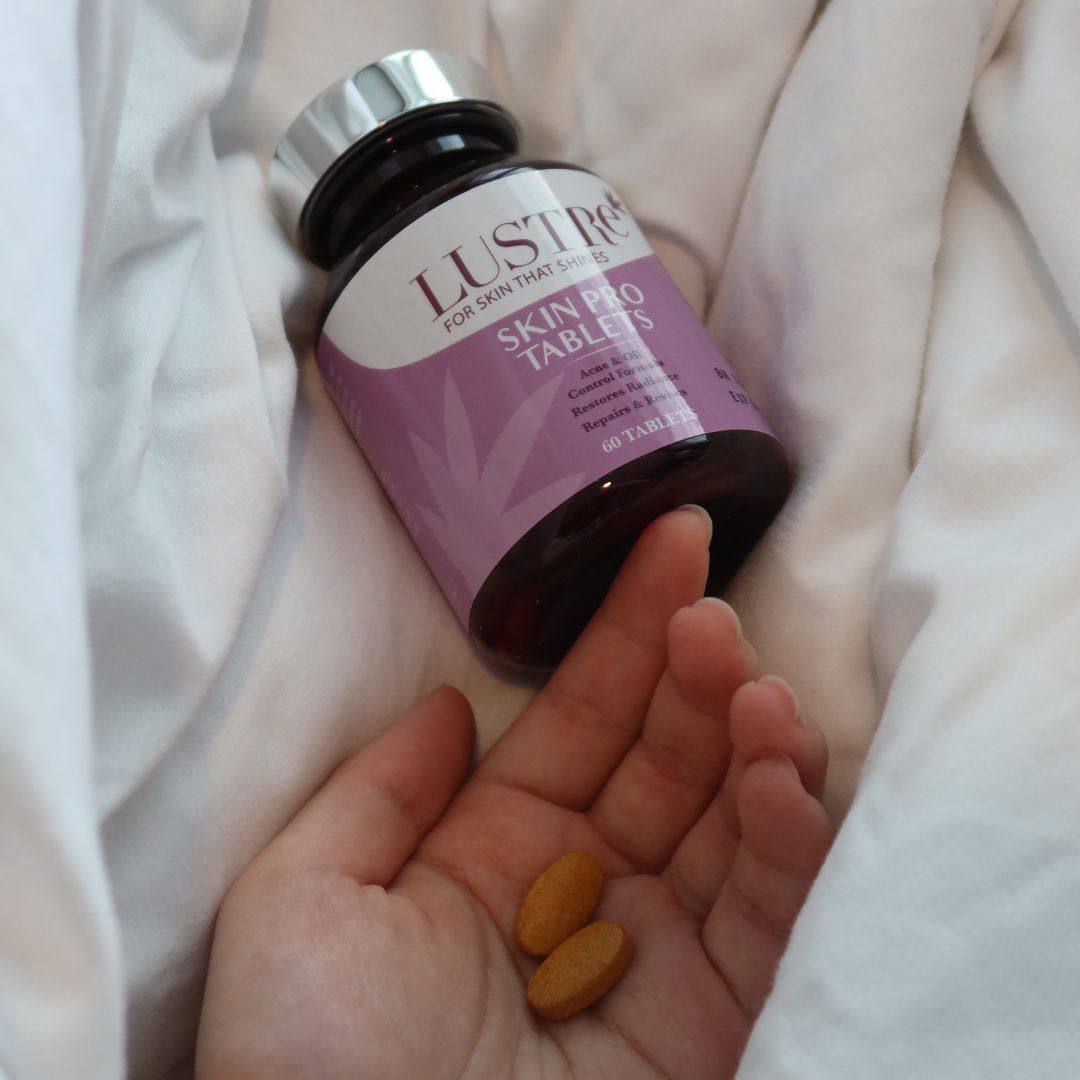All You Need to Know About Low Blood Pressure

Introduction

Hypotension can be a sign of an underlying problem, especially in the elderly and pregnant ladies, where it may cause inadequate blood flow to the heart, brain, and other vital organs.
Low blood pressure is broadly divided into chronic constitutional hypotension and associated with abnormal postural control. Constitutional hypotension, however, is not recognized as a disease, being variously described as a "non-disease", rarely symptomatic, and treatment not indicated and still considered as the ideal normal blood pressure. Meanwhile, orthostatic hypotension or hypotension associated with the abnormal postural condition is a condition in which your blood pressure quickly drops when you stand up from a sitting or lying position. This low blood pressure (also called postural hypotension) can make you feel dizzy or faint.
Hypotension may increase the risk of dementia in very old individuals if higher cerebral perfusion pressures are required to maintain cerebral circulation. Hypotension is a marker of established disease, particularly cardiac disease, which means people with low blood pressure are prone to heart failure or any cardiac disease. One recent study found an association between low systolic blood pressure and fatigue, and feelings of faintness. Dizziness, giddiness, and unexplained tiredness were reported more often by those with low systolic blood pressure.
Causes

Water intake increases the blood volume, which raises the blood pressure, whereas low blood pressure occurs from dehydration. Lack of water may become one primary reason people get low blood pressure. Imbalance diet and people with deficiency of Vitamin B12 and folic acid in their diet which could lead to anaemia and continuous deficiency may create hypotension. Mild deficiencies of calories, protein, Vitamins C and B complex (especially B5) may also cause hypotension.
Symptoms

There are widespread symptoms of low blood pressure condition found. For example, feeling scared and panicky, poor concentration, under strain, and being unable to enjoy everyday activities were related to systolic blood pressure. Feelings of faintness and tiredness were associated with low systolic and low diastolic blood pressures. An analysis of data from the health and lifestyle survey also showed that complaints of exhaustion and feeling faint were increasingly common with lower blood pressure levels.
How to overcome

This research suggests that potassium, magnesium, pantothenic acid rich Holy basil leaves might be a simple way to maintain normal blood pressure but also help to support the functioning of vital organs. The present study aimed to treat low blood pressure women patients by administrating holy basil leaves extract. In addition to altering your diet, you may also be able to raise your blood pressure by making these lifestyle changes:
• When doing physical activities, always ensure yourself stay hydrated. Drink more water. Fluids increase blood volume and help prevent dehydration, which is essential in treating hypotension.
• Limit spending a long period in saunas, hot tubs, or steam rooms which can cause dehydration.
• Change body positions (such as standing up) by more calm movement.
• Eat a balanced diet that comprises protein, iron, and vitamins and frequently eat to maintain your body's energy source.
• Use more salt. Experts usually recommend limiting salt in your diet because sodium can raise blood pressure, sometimes dramatically. For people with low blood pressure, that can be a good thing. But because excess sodium can lead to heart failure, especially in older adults, it's essential to check with your doctor before increasing the salt in your diet.
• Wear compression stockings. The elastic stockings commonly used to relieve the pain and swelling of varicose veins can help reduce blood pooling in your legs. Some people tolerate flexible abdominal binders better than they do compression stockings.
• Medications. Several medications can be used to treat low blood pressure that occurs when you stand up (orthostatic hypotension). For example, the drug fludrocortisone, which boosts your blood volume, is often used to treat this form of low blood pressure.
• Doctors often use midodrine, a type of drug to raise standing blood pressure levels in people with chronic orthostatic hypotension. It works by restricting the ability of your blood vessels to expand, which increases blood pressure.
What to eat?
Eating certain types of food can help you raise your blood pressure. Monitor your symptoms and regularly measure your blood pressure to see what works. Try to consume:
• Foods high in vitamin B12. Lacking Vitamin B12 can lead to a specific type of anaemia, which can cause low blood pressure and fatigue. Foods high in B12 include eggs, fortified cereals, animal meats, and nutritional yeast.
• Foods high in folate. Deficiency of folate can also contribute to anaemia. Examples of folate-rich foods include asparagus, beans, lentils, citrus fruits, leafy greens, and chicken or cow's liver.
• Salty foods can increase blood pressure. Try eating canned soup, smoked fish, cottage cheese, pickled items, or olive.
• Coffee and caffeinated tea may temporarily spike blood pressure by stimulating the cardiovascular system and boosting your heart rate.
References
- M. C. Houston, Treatment of hypotension with nutraceuticals, vitamins and antioxidants and minerals. Expert Rev. CardiovascTher. 2007 July, 5 (4): 681-691
- P. Uma Devi, Radioprotective, anticarcinogenic and antioxidant properties of the Indian holy basil. Ocimum sanctum (Tulasi). Indian J ExpBiol. 2001 Mar. 39 (3): 185-190.
- Owens PE, O'Brien ET. Hypotension: a forgotten illness?. Blood Pressure Monitoring. 1997 Dec;2(1):3-14. PMID: 10234084.
Gheorghiade M, Abraham WT, Albert NM, Greenberg BH, O'Connor CM, She L, Stough WG, Yancy CW, Young JB, Fonarow GC (2006) Systolic blood pressure at admission, clinical characteristics, and outcomes in patients hospitalized with acute heart failure. JAMA 296(18):2217–2226. doi:10.1001/jama.296.18.2217
0 comments





